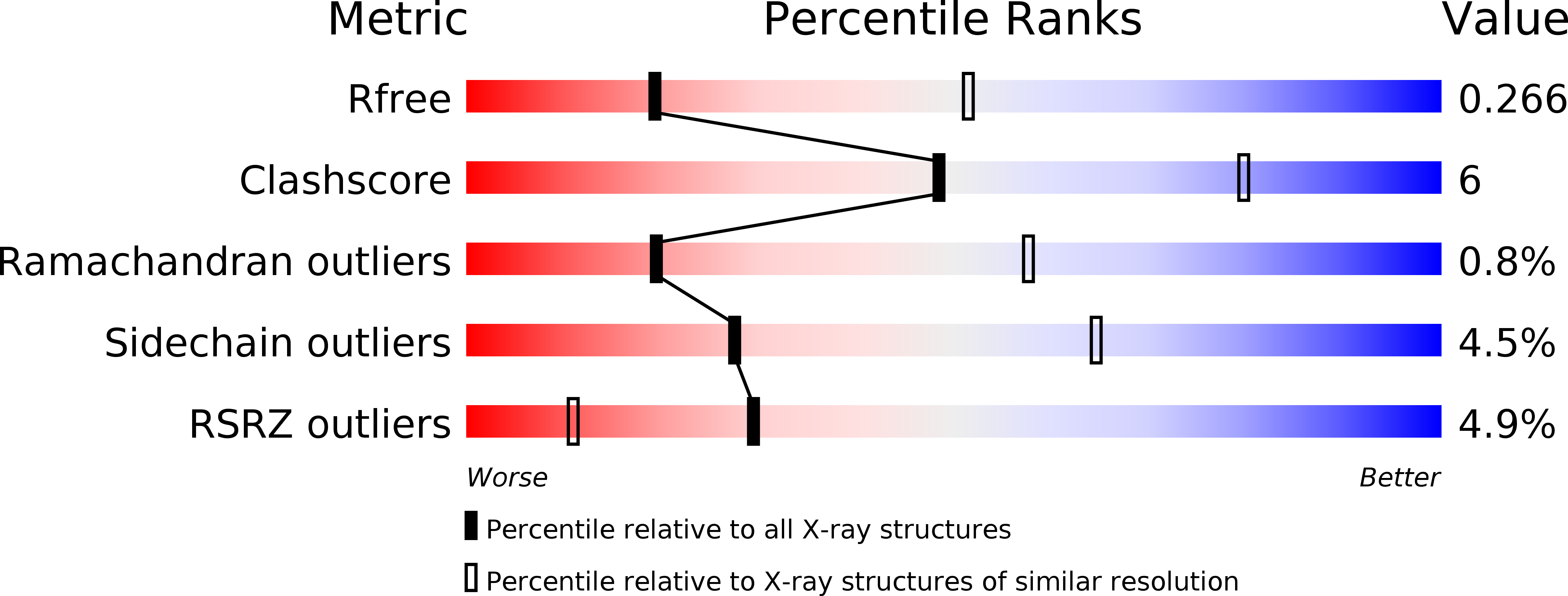
Deposition Date
2010-10-13
Release Date
2011-02-02
Last Version Date
2023-09-06
Entry Detail
PDB ID:
3P87
Keywords:
Title:
Structure of human PCNA bound to RNASEH2B PIP box peptide
Biological Source:
Source Organism:
Homo sapiens (Taxon ID: 9606)
Host Organism:
Method Details:
Experimental Method:
Resolution:
2.99 Å
R-Value Free:
0.24
R-Value Work:
0.22
R-Value Observed:
0.22
Space Group:
P 1 21 1


